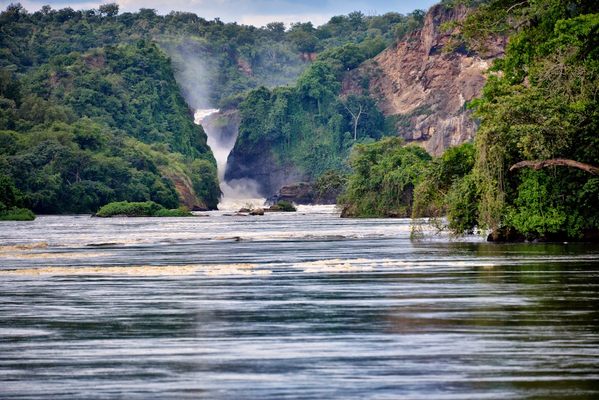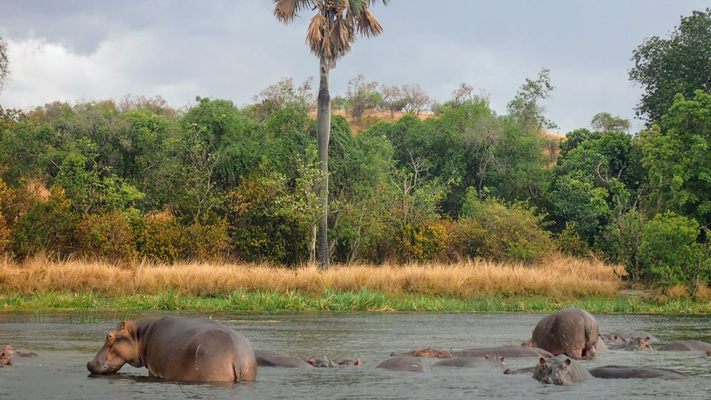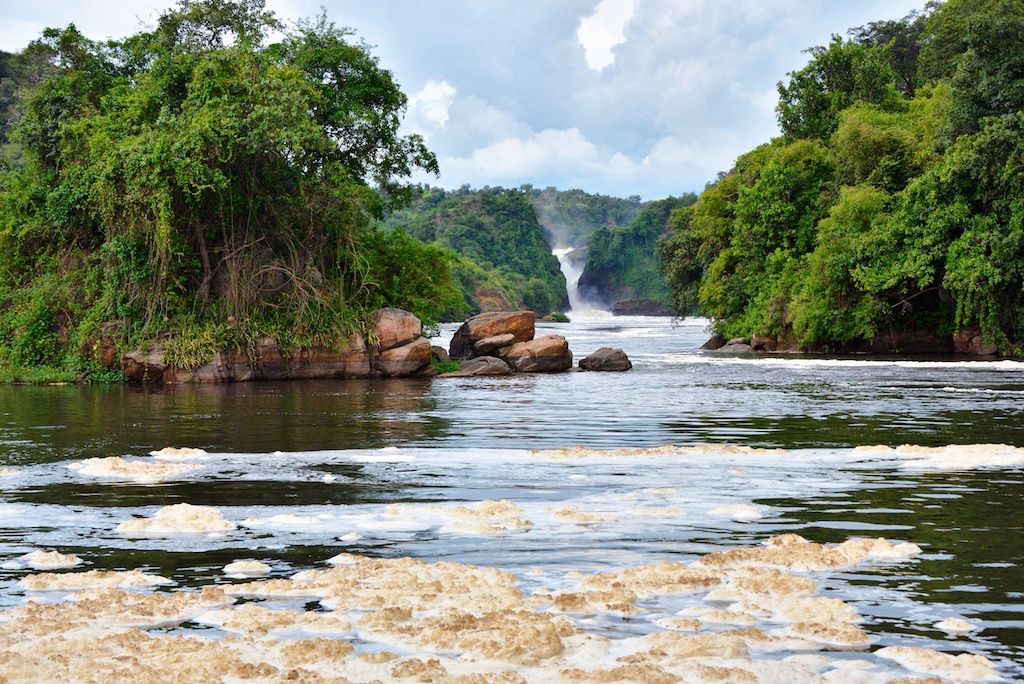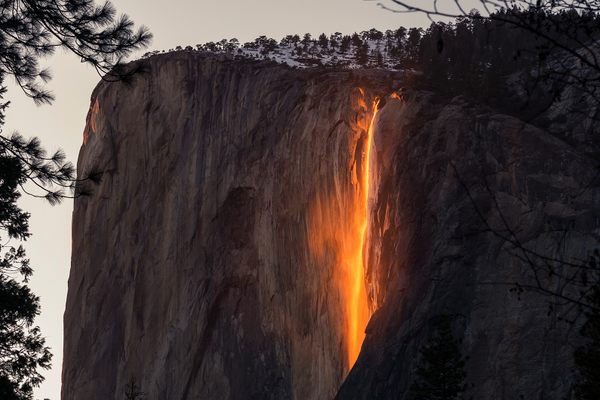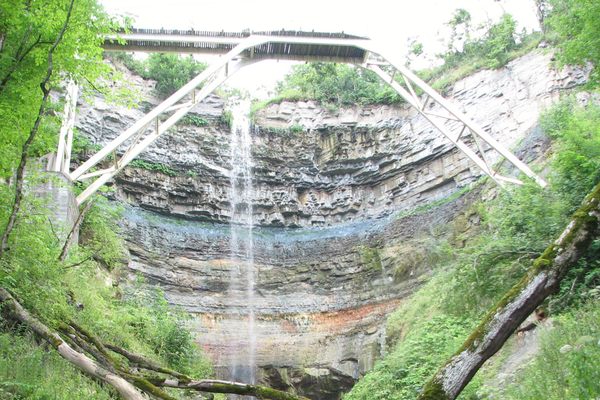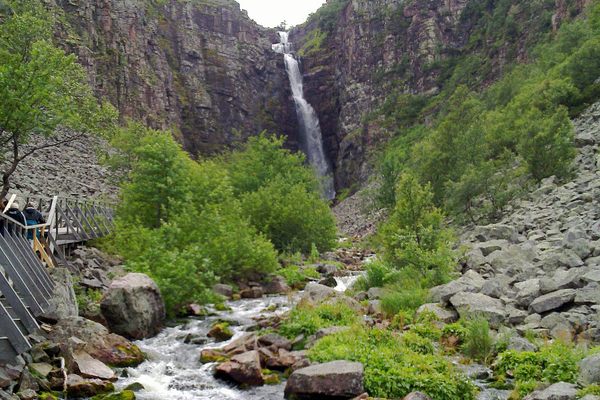About
Also known as Kabalega Falls, Murchison Falls is a spectacular waterfall where the White Nile bursts through a narrow rocky gap and tumultuously tumbles some 140 feet into a pool known as "The Devil's Cauldron" before flowing into the tranquil Lake Albert.
English explorers Samuel and Florence Baker named Murchison Falls named after the president of the Royal Geographical Society, Roderick Murchison. The local name, Kabalega Falls, is a remnant of Ugandan military officer and former president Idi Amin's regime. In the 1970s, Amin unofficially renamed Murchison Falls to Kabalega Falls in reference to Kabalega of Bunyoro, the late-19th-century king of Bunyoro, Uganda.
Murchison Falls crown the magnificent surrounding region, which is subsequently known as Murchison Falls National Park. The park is sited in the Albertine Rift Valley’s picturesque northern end. The park was established as a game reserve in 1926, and today, it serves as the oldest and largest reserve of its kind in the nation.
Comprised of the National Park, Bugungu Wildlife Reserve, and the Karuma Falls Wildlife Reserve, the Murchison Falls Conservation Area is home to more than 70 mammal species and 450 species of birds. The riverbanks are dotted with buffalo, hippos, and crocodiles, while elephants, lions, leopards, chimpanzees, and giraffes roam the forests and savannas.
British Prime Minister Winston Churchill visited what is now the National Park in 1907, and notably remarked that the landscape reminded him of a wild Kew Gardens. Other visitors of historical significance include Ernest Hemingway, who supposedly crashed a plane near the falls in 1954, and former United States President Theodore Roosevelt. The area also makes an appearance in the 1951 film, The African Queen.
Related Tags
Know Before You Go
Murchison Falls National Park is accessible by car and by plane. The National Park is a popular site for wildlife viewing, hiking, and bird watching. Hot air balloon rides are also offered for an aerial view of the landscape. The park is open year-round, but visits are particularly recommended between January and March, June and late September. Several options for safari are available to prospective visitors.
Community Contributors
Added By
Published
June 4, 2019

